5 Dos and Don’ts Every Beginner Needs to Know to Grow Healthy Orchids
Orchids are beautiful and exotic flowers, but many beginners find them a bit tricky to care for.
Don’t worry - growing healthy orchids isn’t as hard as it seems once you know the basics.
With a few simple dos and don’ts, you’ll be on your way to enjoying vibrant, blooming orchids in no time.
In this beginner’s guide, we’ll cover the essential steps for proper orchid care, from watering and lighting to temperature and humidity.
Ready to keep your orchids thriving?
Let’s check out the 5 key dos and don’ts of orchid care.
Understanding Orchid Basics
Orchids are beautiful and exotic plants that can brighten any space, but they are different from many other houseplants. Understanding their basic needs makes caring for them much easier, especially for beginners:
5 Dos
Orchids may seem delicate, but with the right care, they can thrive beautifully. Here are five crucial practices every beginner should follow to ensure vibrant and healthy orchids.
Provide It With Filtered Light
Orchids thrive in sunlight but prefer filtered light rather than direct exposure.
Place them near an east-facing window for morning light or provide dappled shade when outdoors.
Avoid harsh midday sun for the best results.
Water Sparingly
A well-draining potting mix is essential to prevent soggy roots, which orchids dislike.
Water sparingly, allowing the medium to approach dryness before rehydrating with room temperature water.
Humidity levels should be kept around 50-70%.
Orchids also benefit from a brief drying-out period between waterings.
Provide Ideal Temperature And Humidity
Being tropical plants, orchids thrive in consistent temperatures.
Ideal daytime temperatures should be between 65-75°F (18-24°C) and should not drop below 55°F (13°C) at night.
Maintaining humidity at around 60% is particularly important for indoor orchids.
Fertilize Properly
Orchids are light feeders, so avoid over-fertilization, which can lead to salt build-up and root damage.
Use a balanced orchid fertilizer diluted to half-strength and apply it during the growing season to promote flowering.
Repot With Care
Repotting orchids rejuvenates their growing medium and provides space for growth.
Orchids should be repotted every 1-2 years, using a specialized orchid mix that includes bark or sphagnum moss for aeration.
Be gentle when handling roots, removing any dead or rotting sections carefully.
5 Don’ts
While orchids are hardy in the right conditions, a few common mistakes can harm their growth. Steer clear of these five errors to keep your orchids flourishing.
Overwater
Orchids are prone to root rot when their roots remain constantly wet, so it's essential to strike a careful balance when watering.
Allow the medium to dry slightly between waterings, and ensure the pot has proper drainage to avoid waterlogged conditions.
Expose Them To Temperature Changes
These plants are sensitive to sudden temperature changes, so it's important to keep them away from drafts, heaters, air conditioners, or drafty windows.
Stable temperature conditions promote healthier growth and blooming.
Repot Unnecessary
While repotting is necessary for maintaining orchid health, avoid doing it too often.
Only repot when the growing medium has broken down or the orchid has outgrown its container, as frequent repotting can stress the plant.
Use Standard Potting Soil
Orchids dislike standard potting soil because it retains too much moisture, which can suffocate their roots.
Opt for a specialized orchid mix that provides good aeration and drainage.
The right growing medium is crucial to their well-being.
Panic Over Dropped Flowers
It’s natural for orchids to shed some flowers, so don't panic if you see a few dropping.
Trim the spike just above a healthy node to encourage new growth, as orchids often produce more flowers on the same spike.
FAQS
Check out these common questions and their answers to help you navigate the best care routines for your plants.
Why Are My Orchid Leaves Turning Yellow?
Yellowing leaves can be a sign of overwatering or underwatering.
If you notice yellow leaves, check the health of the roots, adjust your watering routine, and ensure proper drainage to prevent further issues.
Should I Mist My Orchid?
Misting can be helpful in low humidity environments, but it’s important to use room temperature water.
Avoid leaving the orchid wet overnight to prevent fungal infections.
Can I Grow Orchids In Low Light?
Although orchids generally prefer bright, indirect light, some varieties can tolerate lower light conditions.
It’s possible to grow orchids in low-light environments, but be sure to choose varieties that thrive under the specific light levels available.
Why Is My Orchid Not Blooming?
Insufficient light, inadequate fertilization, or not providing a dormant period can prevent orchids from blooming.
To encourage flowering, ensure proper care with adequate light, regular fertilization during the growing season, and allow the plant to rest when necessary.
By following proper care guidelines and avoiding common mistakes, you create an environment where orchids can thrive.
With the right care, these resilient plants can live for up to 15 years, rewarding you with stunning flowers over time.

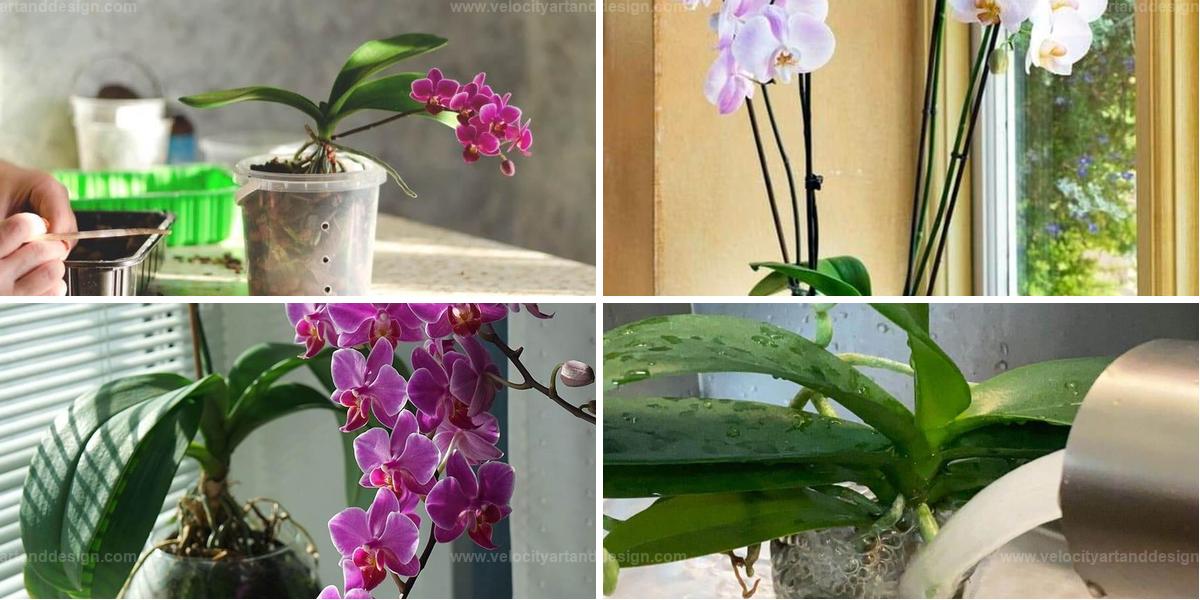
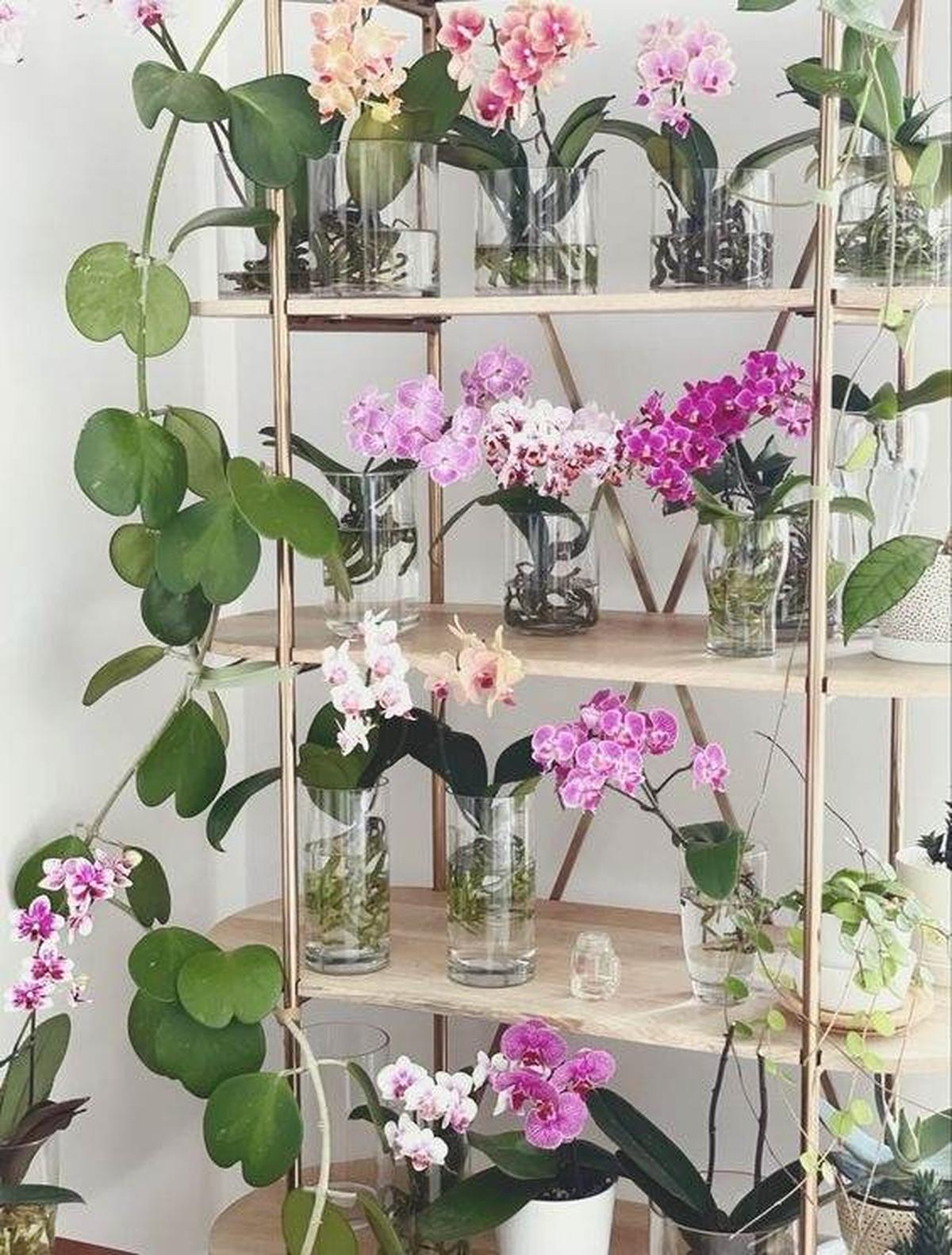
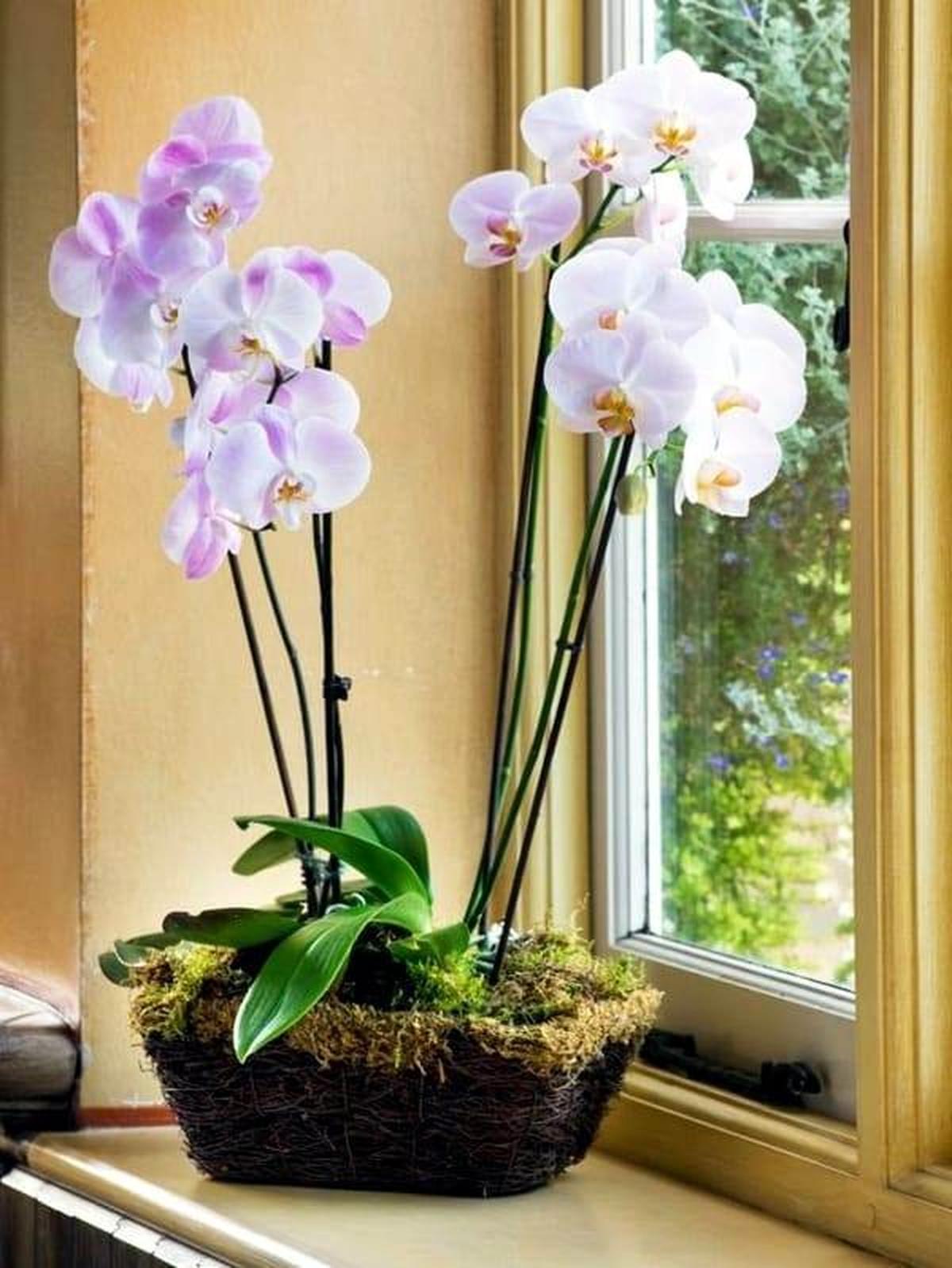
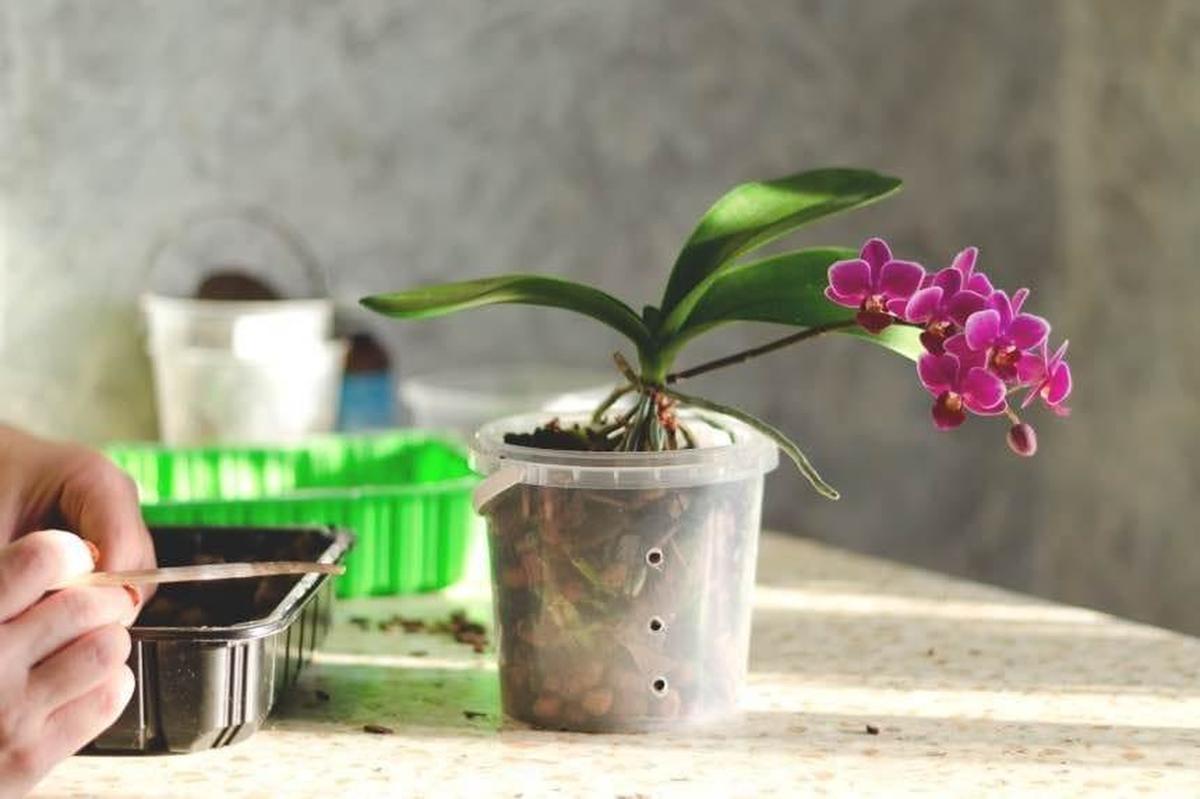
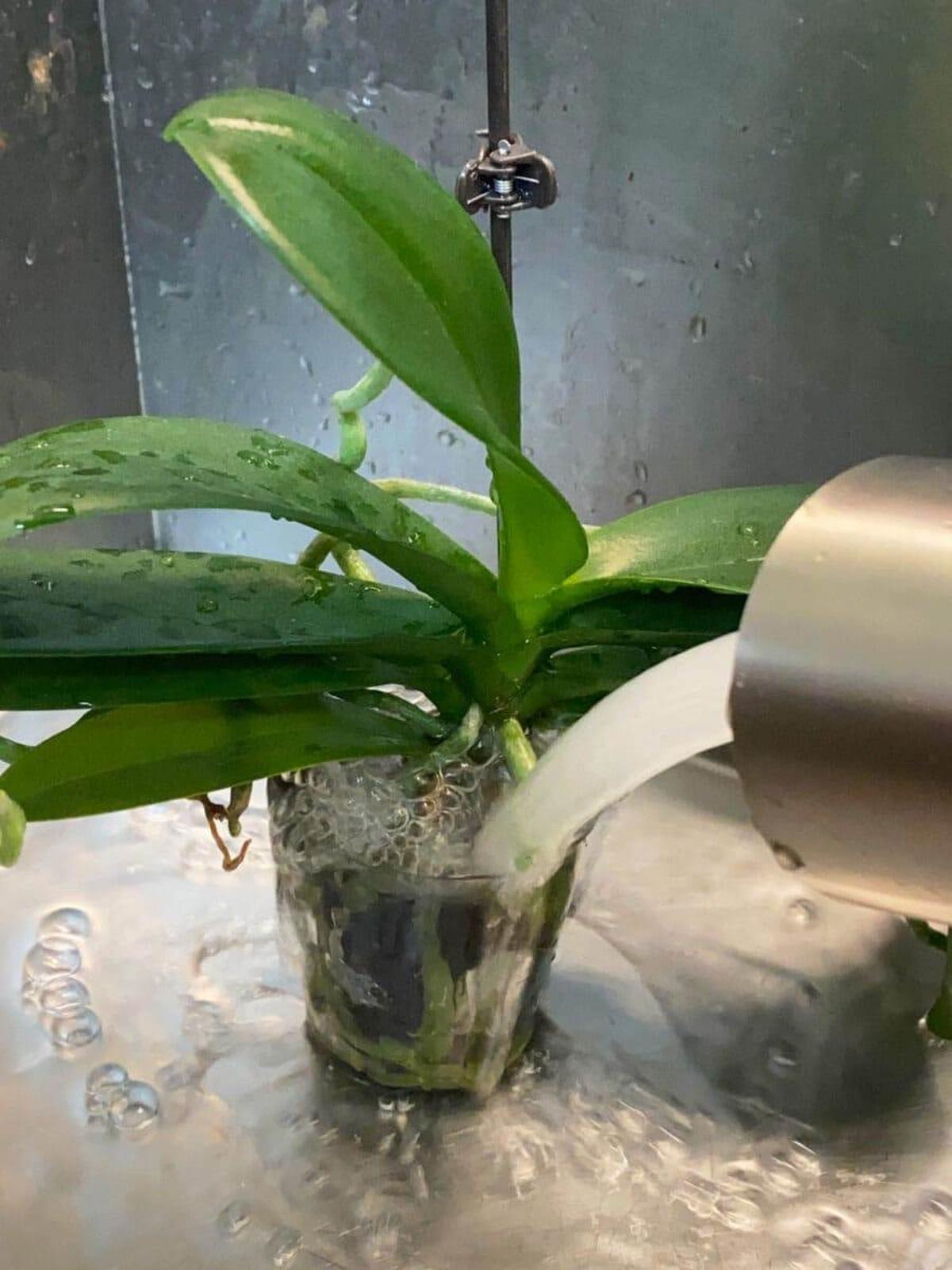
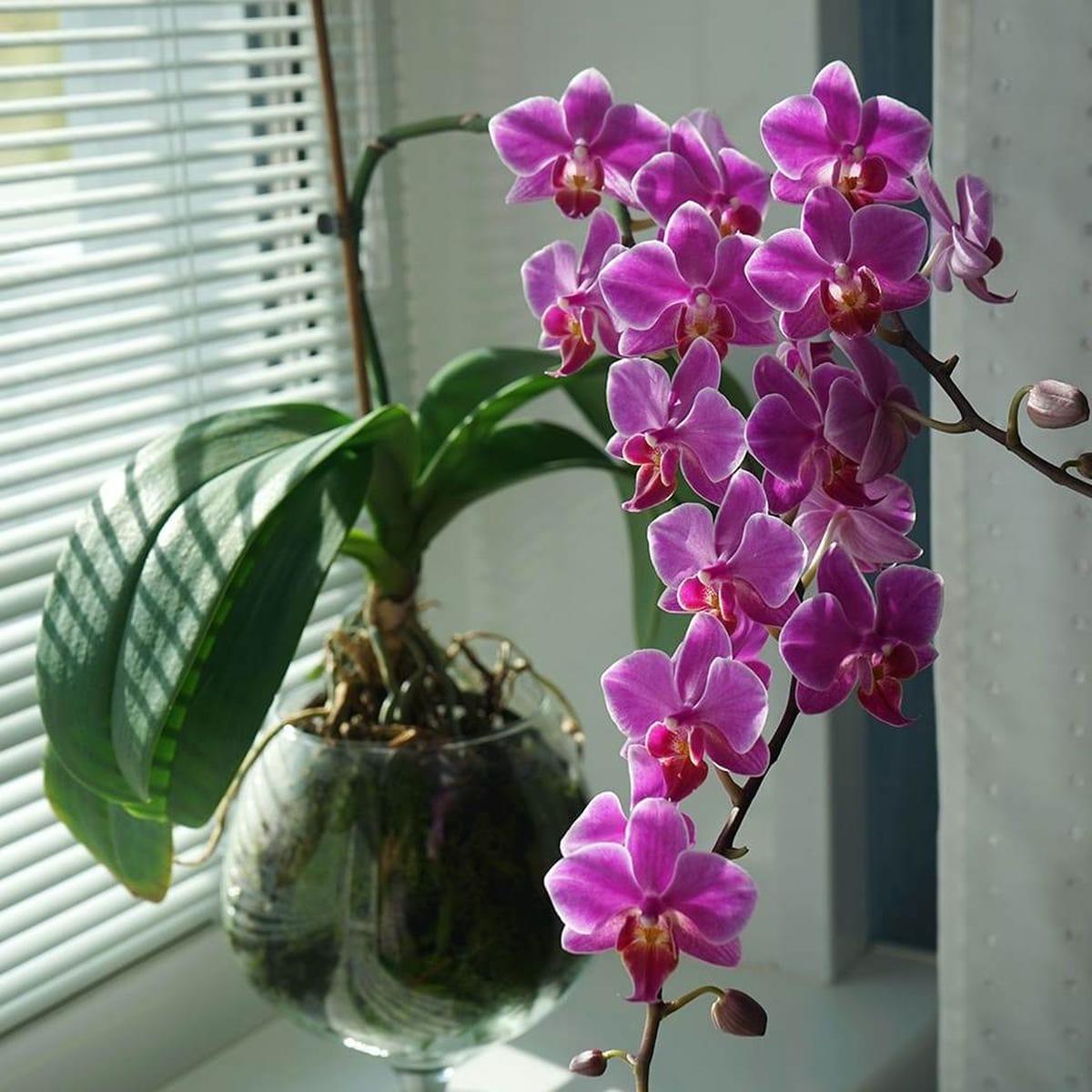
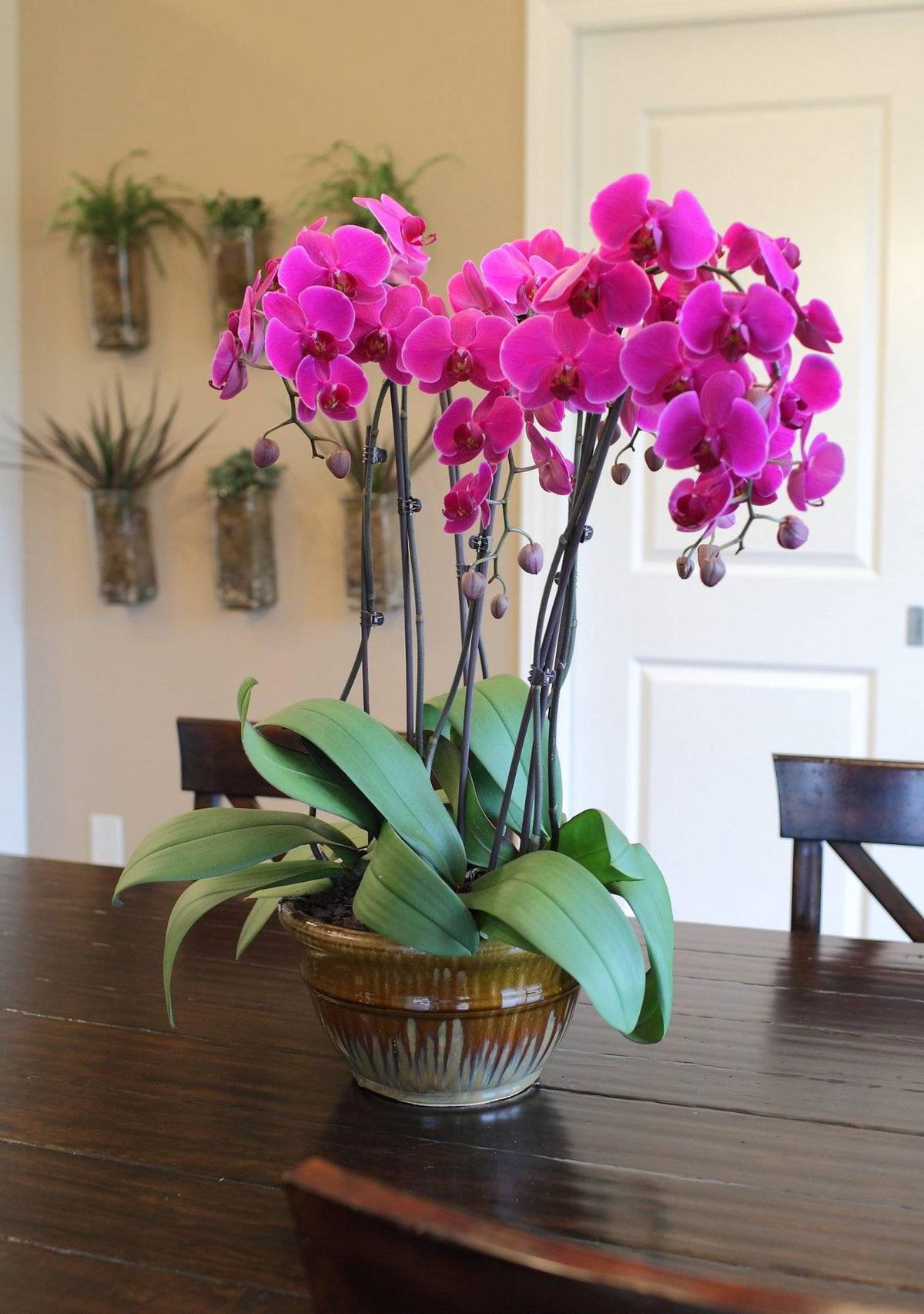
Kathy Batiste
Creative Contributor & Home Decor Specialist
Expertise
Interior Decorating, Space Planning, Color Theory, Functional Design, Interior Styling, Aesthetic Enhancements, Room Layout Optimization, Trend Integration, Sustainable Design Solutions, Seasonal Decor Styling
Education
International Association of Professions Career College (IAP Career College)
Kathy Batiste is a creative contributor at Velocity Art and Design. She earned her Interior Decorator Certificate from the International Association of Professions Career College, where she gained skills in space planning, color coordination, and creating personalized home designs.
With over 5 years of experience in interior decorating, Kathy focuses on designing rooms that are not only stylish but also functional. Her passion lies in helping others transform their homes into spaces that feel warm and uniquely their own.